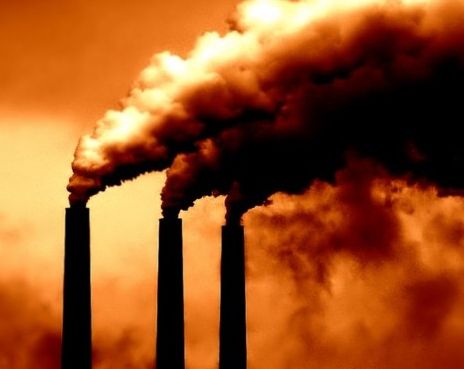Problem
Since the onset of the western Industrial Revolution, humanity has been burning fossil fuels to power society. As a result, fossils fuels have become an indispensable part of the daily life of billions of people. This dependence on fossil fuels permeates every corner of the world, from the developed to the developing nations. This demand for fossil fuels only continues to grow significantly as more nations look to develop their industries and economies and as more individuals across the globe strive to increase their standard of living. Fossil fuels undergoing combustion produce greenhouse gases. Greenhouse gases include carbon dioxide (CO 2), methane (CH4), nitrous oxides (NOX), sulfurous oxides (SOX), and water vapor (H2O). These gases, by preventing infrared radiation from exiting the Earth’s atmosphere, trap heat in a natural process called the greenhouse gas effect. However, as the concentrations of various greenhouse gases increase, too much heat is trapped. This heat is contributing to global warming and, as a direct consequence, is causing global climate change.

One of the most abundant of the greenhouse gases is carbon dioxide. Before the advent of the Industrial Revolution, CO2 levels in the atmosphere, measured in parts per million, fluctuated seasonally but remained between approximately 272 and 284 ppm (Forster, 2007). However, since the burning of fossil fuels has become an integral part of daily life for billions of people, research shows a sustained and exponential increase in the concentration of CO2 in the atmosphere (Tans, 2009). As of 2009, the concentration in the atmosphere is about 387 ppm (Tans, 2009). This increase in concentration has been directly linked to the increasing temperature in the atmosphere and subsequent global climate change. As the concentration of CO2 continues to increase, the climate continues to destabilize.
Climate change has numerous harmful effects. It worsens or causes droughts in some areas while flooding other parts of the world with excessive amounts of precipitation. Some parts of the world, such as the polar ice caps, experience a trend of increased temperatures. These increased temperatures melt glacier and ice-caps, raising sea levels around the world which could displace millions of people. Unseasonable weather affects all areas of the globe and increases the frequency and intensity of natural disasters such as hurricanes, tornadoes, and floods. As the climate continues to destabilize due to increased output of greenhouse gases by the burning of fossil fuels, these consequences only continue to grow more severe, threatening the lives and livelihoods of billions of people on the planet.

